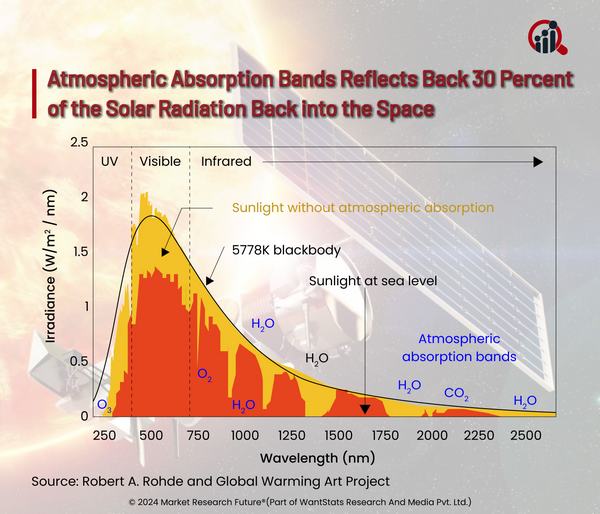New Methods to Reduce Solar Radiations in the Earth Surface
Research is ongoing to develop several methods to control solar radiation on the Earth. Controlling solar radiation that reaches the planet or deflecting sun rays can reduce global warming. In 2024, researchers are finding effective ways to cool down the Earth.
According to research for deflecting harmful sun rays in 2024, some methods like solar radiation modification (SRM), stratospheric aerosol injection, marine cloud brightening, and surface-based reflectors, among others. These methodologies have different impacts and consequences on the environment. Hence, profound research on these methods can help to limit the sun's rays on the Earth's surface. Another technique called solar engineering proves to be more effective in reducing the solar radiation on the Earth's surface. Researchers believe that limiting carbon emissions in the environment is quite difficult. It is not that easy to completely replace the existing usage of fossil fuels and carbon emissions from the environment. However, finding certain clean fuels and adopting the necessary methods can transform the environmental conditions. It will save the planet from further deterioration from harmful emissions, overuse of fossil fuels, and others.
Recently, studies developed another method called solar radiation modification (SRM) that aims at reflecting sunlight and cooling the planet. This method involves spraying tiny salt aerosols that change the composition of clouds. Hence, these changes help to mimic the cloud-brightening effect. Hence, it helps lower the absorption of solar radiation into the Earth. Experts suggest reflecting certain particles and sunlight can help to reduce solar radiation. Some natural calamities, like volcanic eruptions in the past, have helped the Earth become 3 degrees Celsius cooler. Cloud brightening increases the number of tiny water droplets that form marine clouds. It is more reflective and helps to reflect solar radiation into space. Injecting specific tiny water droplets in the stratosphere can reflect sunlight into space, though a minimal amount. It is called a stratospheric aerosol injection. Another method of deploying surface-based reflectors in various areas to reflect sunlight into space can help, too.

